Capillary stamping of micro-/nanometer scale replica patterns as a potential tool for the design and fabrication of small electronics


Capillary stamping of micro-/nanometer scale replica patterns as a potential tool for the design and fabrication of small electronics
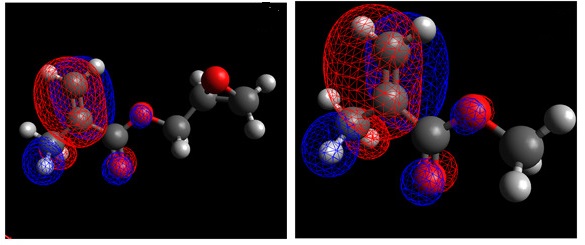
A team of researchers from Luxembourg established a comprehensive mass‐spectrometry study of a set of poly(alkyl acrylate) layers synthesized by atmospheric pressure plasma‐initiated chemical vapor deposition (AP‐PiCVD).
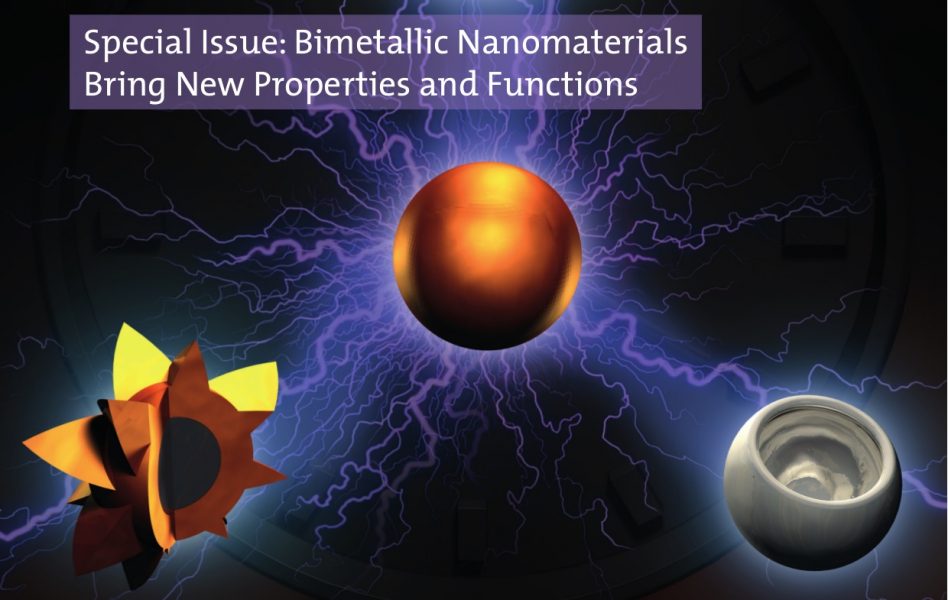
Recent developments and perspectives on bimetallic nanomaterials highlighted in Particle & Particle Systems Characterization.
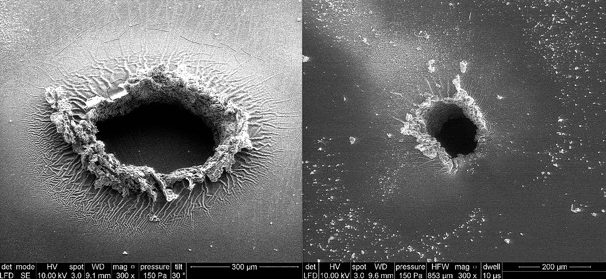
Mechanical and electrical characterization of silicone-based dielectric elastomer films is used as a means to evaluate the homogeneity of the films.
![A Rapid In Situ Disinfection Method for Surgical Implants [Video]](https://www.advancedsciencenews.com/wp-content/uploads/2018/06/smll201704347_ASN_image_002.jpg)
A disinfection method for titanium implant surfaces using a hybrid coating of chitosan on molybdenum disulfide.
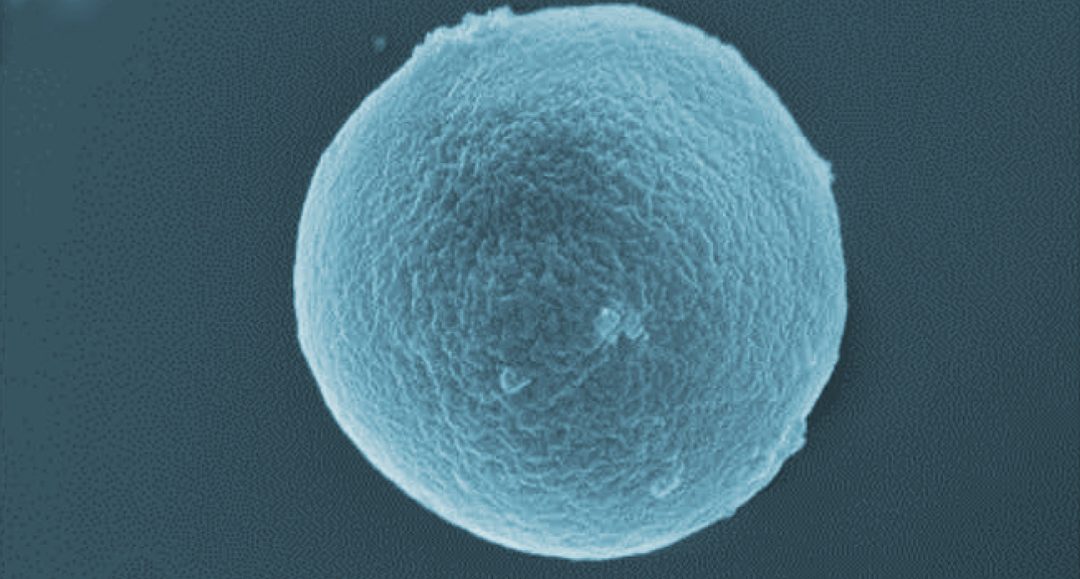
New magnetically-activated drug delivery systems offer a potentially more effective tool to fight tuberculosis
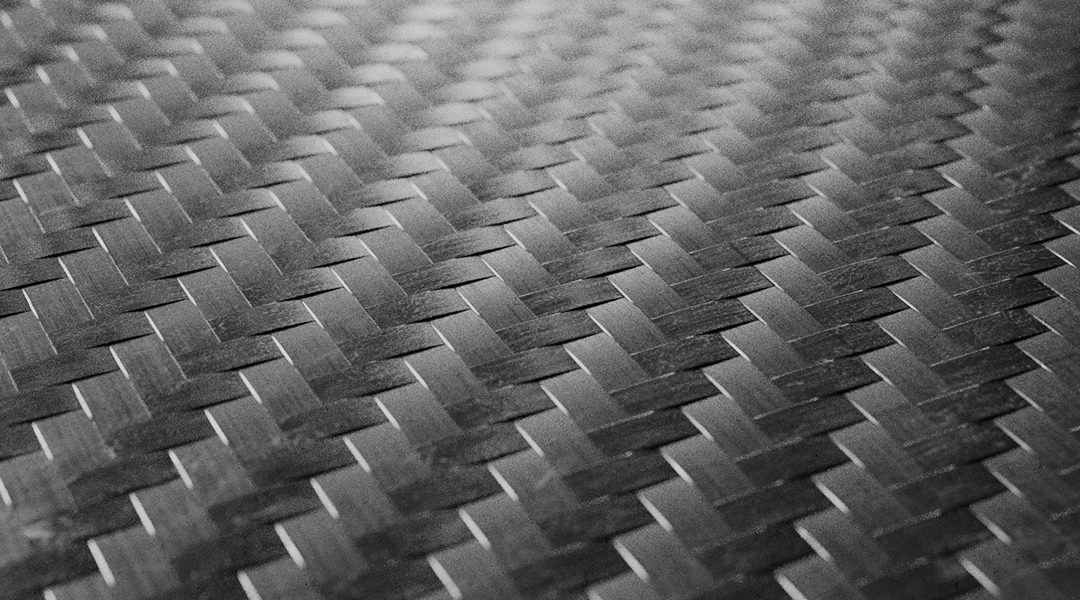
Finite element models with random void defects are constructed to analyze the progressive damage behaviour of C/C braided composites subjected to uniaxial tension.
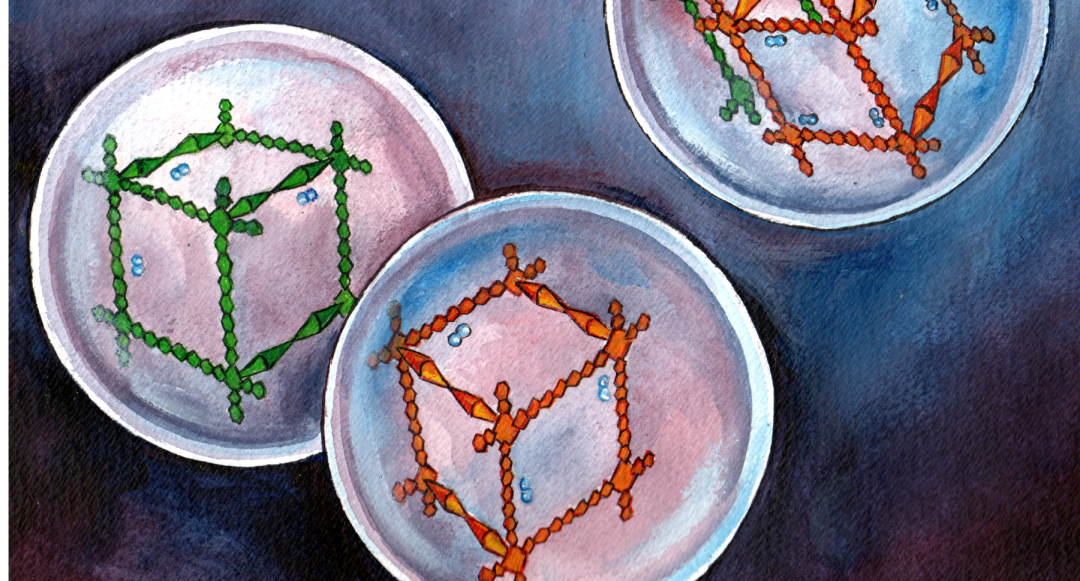
Interview with Dr. Karsten Müller and Timo Rüde of the Friedrich-Alexander-Universität Erlangen-Nürnberg, Germany about their recent work on liquid organic hydrogen carrier (LOHC) systems and the recent Special Issue of Energy Technology on Hydogen Storage Materials, Carriers, and Processes.

Although the overall functionality of Cas9 and Cas12a is remarkably similar, their distinct structural features result in distinct molecular mechanisms that impact their activities.
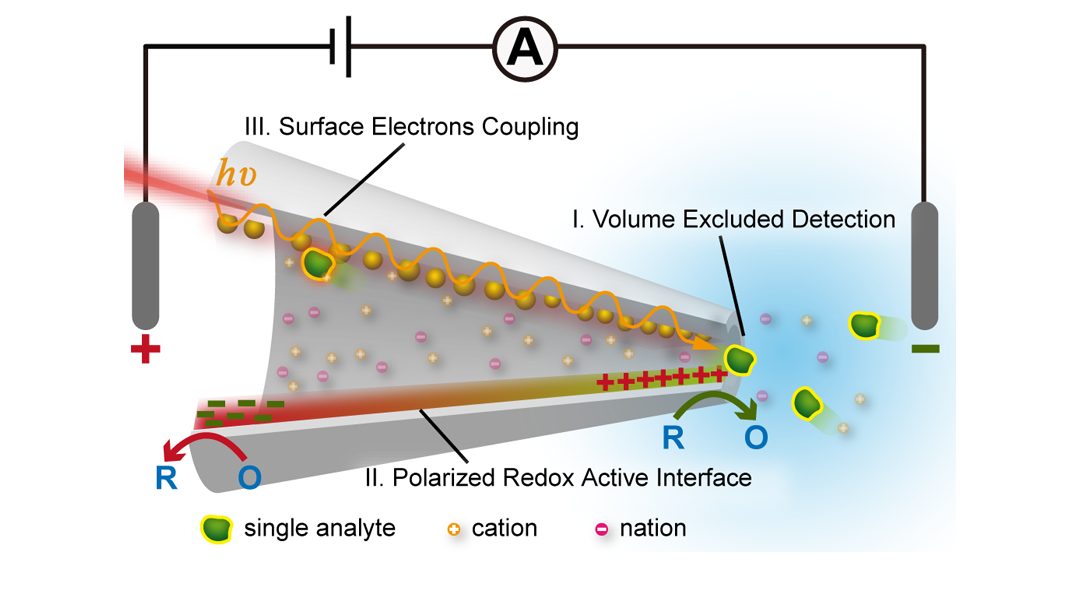
Electrochemical confined effects are capable of exploring the novel detection mechanisms of nanopore to efficiently convert the dynamic function/structure of single molecules into the ionic signatures or optical patterns. This will prompt the nanopore to emerge on the comprehensive range of future applications in both life and material science.